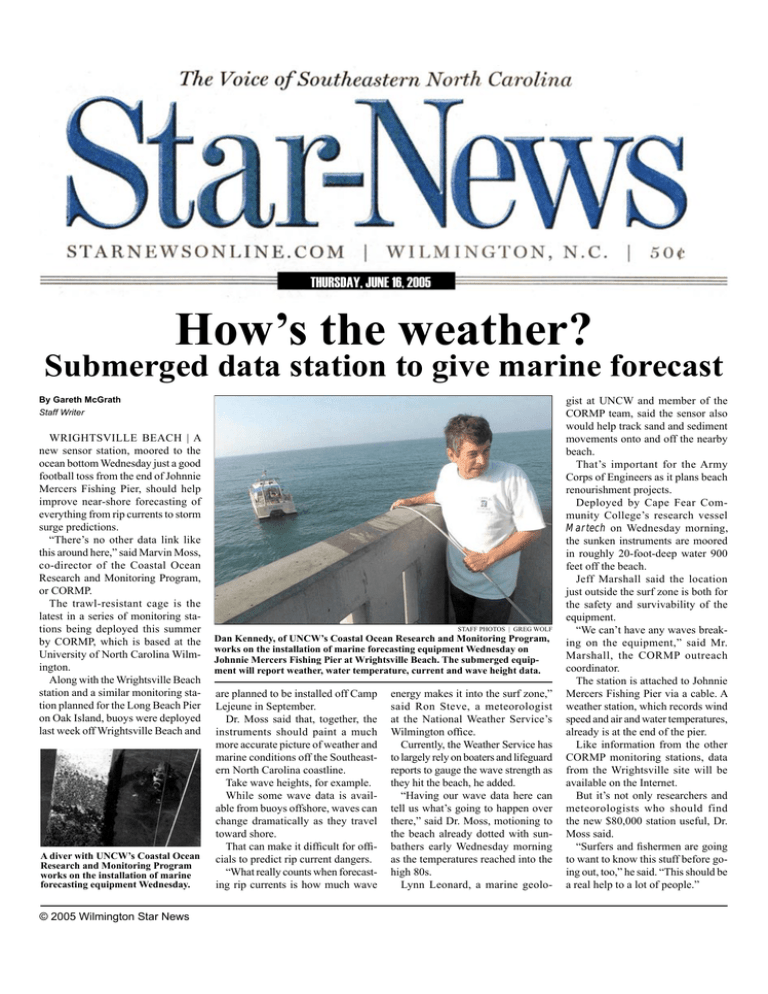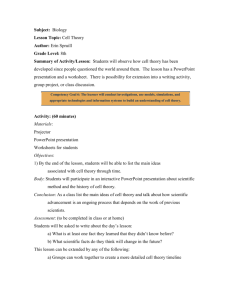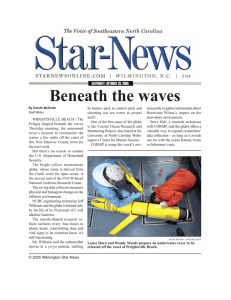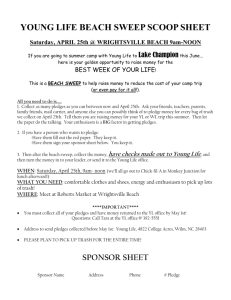gist at UNCW and member of the
advertisement

THURSDAY, JUNE 16, 2005 How’s the weather? Submerged data station to give marine forecast By Gareth McGrath Staff Writer WRIGHTSVILLE BEACH | A new sensor station, moored to the ocean bottom Wednesday just a good football toss from the end of Johnnie Mercers Fishing Pier, should help improve near-shore forecasting of everything from rip currents to storm surge predictions. “There’s no other data link like this around here,” said Marvin Moss, co-director of the Coastal Ocean Research and Monitoring Program, or CORMP. The trawl-resistant cage is the latest in a series of monitoring stations being deployed this summer by CORMP, which is based at the University of North Carolina Wilmington. Along with the Wrightsville Beach station and a similar monitoring station planned for the Long Beach Pier on Oak Island, buoys were deployed last week off Wrightsville Beach and A diver with UNCW’s Coastal Ocean Research and Monitoring Program works on the installation of marine forecasting equipment Wednesday. © 2005 Wilmington Star News STAFF PHOTOS | GREG WOLF Dan Kennedy, of UNCW’s Coastal Ocean Research and Monitoring Program, works on the installation of marine forecasting equipment Wednesday on Johnnie Mercers Fishing Pier at Wrightsville Beach. The submerged equipment will report weather, water temperature, current and wave height data. are planned to be installed off Camp Lejeune in September. Dr. Moss said that, together, the instruments should paint a much more accurate picture of weather and marine conditions off the Southeastern North Carolina coastline. Take wave heights, for example. While some wave data is available from buoys offshore, waves can change dramatically as they travel toward shore. That can make it difficult for officials to predict rip current dangers. “What really counts when forecasting rip currents is how much wave energy makes it into the surf zone,” said Ron Steve, a meteorologist at the National Weather Service’s Wilmington office. Currently, the Weather Service has to largely rely on boaters and lifeguard reports to gauge the wave strength as they hit the beach, he added. “Having our wave data here can tell us what’s going to happen over there,” said Dr. Moss, motioning to the beach already dotted with sunbathers early Wednesday morning as the temperatures reached into the high 80s. Lynn Leonard, a marine geolo- gist at UNCW and member of the CORMP team, said the sensor also would help track sand and sediment movements onto and off the nearby beach. That’s important for the Army Corps of Engineers as it plans beach renourishment projects. Deployed by Cape Fear Community College’s research vessel Martech on Wednesday morning, the sunken instruments are moored in roughly 20-foot-deep water 900 feet off the beach. Jeff Marshall said the location just outside the surf zone is both for the safety and survivability of the equipment. “We can’t have any waves breaking on the equipment,” said Mr. Marshall, the CORMP outreach coordinator. The station is attached to Johnnie Mercers Fishing Pier via a cable. A weather station, which records wind speed and air and water temperatures, already is at the end of the pier. Like information from the other CORMP monitoring stations, data from the Wrightsville site will be available on the Internet. But it’s not only researchers and meteorologists who should find the new $80,000 station useful, Dr. Moss said. “Surfers and fishermen are going to want to know this stuff before going out, too,” he said. “This should be a real help to a lot of people.”






